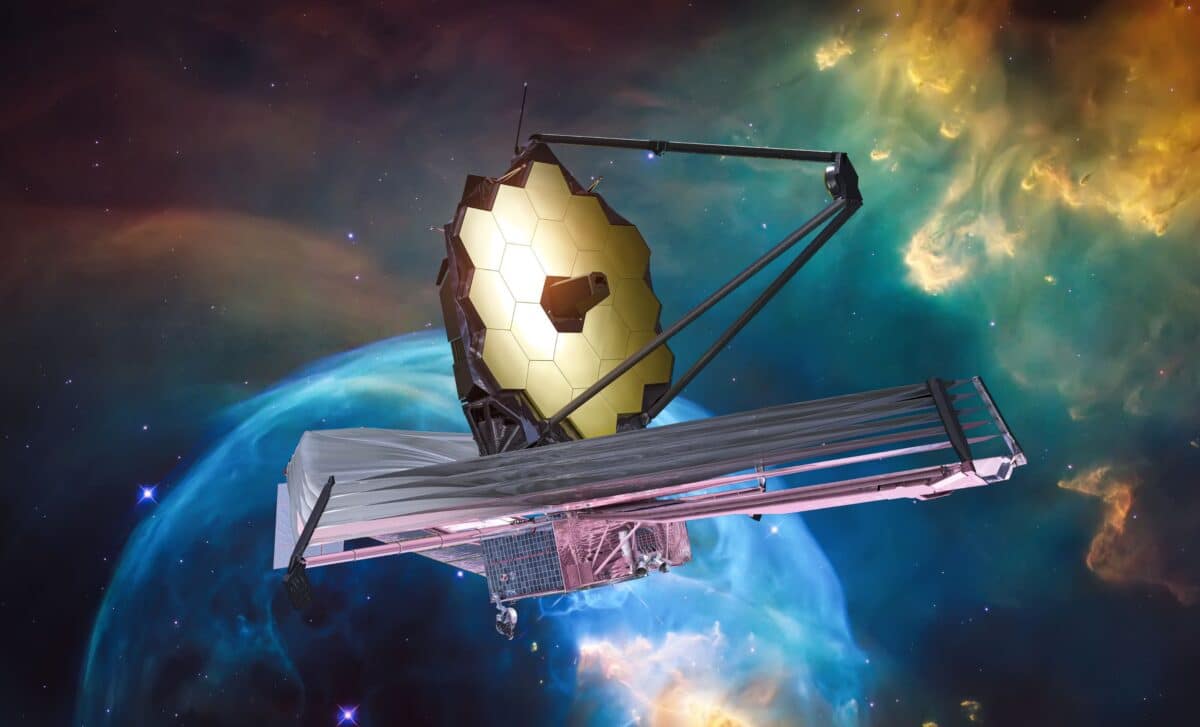
JWST Discovers Dormant Black Holes Devouring Stars in Hidden Galaxies
How did your country report this? Share your view in the comments.
Diverging Reports Breakdown
JWST Discovers Dormant Black Holes Devouring Stars in Hidden Galaxies
The James Webb Space Telescope (JWST) captured its first-ever observations of tidal disruption events (TDEs) TDEs are powerful cosmic events where supermassive black holes tear apart passing stars. These events were difficult to detect in galaxies veiled by thick layers of gas and dust. Using the JWST, they detected a unique infrared signature tied to the black hole accretion process. This signature was generated when the immense radiation from a black hole’s accretion disk strips electrons from nearby atoms, a process known as ionization. These findings have opened a new chapter in the study of black Hole accretion and will help scientists better understand how much material black holes devour and expel. The closest TDE ever observed to Earth, located 130 million light-years away was among these discoveries.
The Discovery Of Dormant Giants
Since the 1990s, astronomers have documented TDEs, primarily in galaxies with little gas and dust. These events occur when a star’s orbit brings it too near a supermassive black hole, whose immense gravitational forces stretch and shred the star. This process, known as spaghettification, creates intense radiation as the star is torn apart, allowing scientists to observe these violent occurrences across different wavelengths.
However, these events were difficult to detect in galaxies veiled by thick layers of gas and dust. Light in the optical and X-ray ranges struggles to penetrate these dense clouds, leaving these cosmic spectacles hidden from view. That’s where the JWST came in. The telescope’s infrared sensitivity enabled astronomers to peer through the dust and detect TDEs that would have otherwise remained obscured.
Megan Masterson, a researcher at the Massachusetts Institute of Technology and the study’s team leader, remarked, “These are the first JWST observations of TDEs, and they look nothing like what we’ve ever seen before.”
Peering Through The Cosmic Veil
To make these groundbreaking observations, the team focused on four dusty galaxies where TDEs were suspected. Using the JWST, they detected a unique infrared signature tied to the black hole accretion process. This “fingerprint” is generated when the immense radiation from a black hole’s accretion disk strips electrons from nearby atoms, a process known as ionization. Specifically, the ionization of neon produces infrared radiation at a very specific wavelength — a telltale sign that only black hole accretion can generate.
The team’s search across 12 suspected sites of dusty TDEs led them to discover this neon fingerprint in four of them. Notably, the closest TDE ever observed to Earth, located 130 million light-years away, was among these discoveries. This finding confirmed that supermassive black holes were indeed devouring stars in galaxies previously obscured by dust.
Credit: Sophia Dagnello, NRAO/AUI/NSF
Dormant Black Holes Waking Up
One of the most intriguing revelations from these observations is the nature of the supermassive black holes involved. The team wanted to determine whether these black holes were always active, continuously feeding on surrounding gas and dust, or if they had been dormant, only “waking up” when a star wandered too close.
The data revealed stark differences between the environments of active black holes and those observed in the study. In active galaxies, dust clouds tend to form in clumpy, doughnut-shaped rings around the black holes, continually supplying them with matter.
However, the JWST observed distinct patterns in the four dusty galaxies studied, suggesting that the supermassive black holes were not in a constant feeding state. Instead, they appeared dormant, lying in wait until a star ventured too near.
The Next Frontier In Black Hole Research
These findings have opened a new chapter in the study of black hole accretion. While TDEs have been observed before, they were often hidden in galaxies with heavy gas and dust, making this research groundbreaking.
Moving forward, the astronomers aim to detect more of these obscured TDEs to better understand how much material supermassive black holes devour and expel. As Masterson explained, “The actual process of a black hole gobbling down all that stellar material takes a long time. It’s not an instantaneous process. And hopefully, we can start to probe how long that process takes and what that environment looks like.”
Source: https://dailygalaxy.com/2025/07/jwst-dormant-black-holes-devouring-stars/
